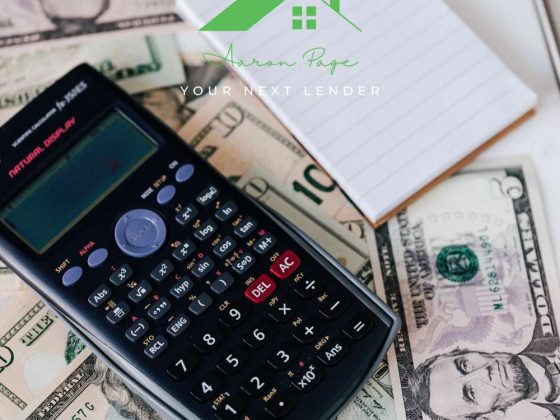Alright, homeowners, let’s chat. You’ve taken the leap, purchased your home, and have been dutifully paying off that mortgage month after month. But now, you’ve started hearing whispers, or maybe even shouts, about refinancing. The term sounds fancy and perhaps a tad intimidating. So, let’s demystify this financial strategy.
Refinancing: The Basics
In layman’s terms, refinancing your mortgage means replacing your existing mortgage with a new one. The new loan could have different terms, like a lower interest rate or a shorter duration, which can potentially save you money.
So, why consider refinancing?
1. To Snag a Lower Interest Rate: This is the most common reason folks refinance. If interest rates have dropped since you got your mortgage, refinancing could reduce your monthly payment and save you a bundle over the life of the loan.
2. To Shorten the Loan’s Term: Maybe you initially took out a 30-year mortgage but now feel like you could handle the payments of a 15-year one. Refinancing can help you own your home outright faster.
3. To Convert Between Adjustable-Rate and Fixed-Rate Mortgages: Both types have their merits. If you started with an adjustable-rate mortgage (ARM) but now want the predictability of fixed monthly payments, a refinance can facilitate this switch.
4. To Tap into Equity: As you pay down your mortgage, you build equity. Through a cash-out refinance, you can tap into this equity, giving you a lump sum for home improvements, debt consolidation, or other needs.
The Ideal Timing for Refinancing
Timing is everything. So, when’s the perfect moment to refinance?
1. When Rates Are Low: Keep a watchful eye on market interest rates. Even a 1% decrease can lead to significant savings.
2. When Your Credit Score Gets a Boost: A better score can unlock more favorable loan terms. So if you’ve been working on improving your credit, and it’s paid off, it might be time to refinance.
3. Before an ARM Reset: If you have an adjustable-rate mortgage and anticipate that the rate might increase at the next reset, consider refinancing into a fixed-rate mortgage.
Factors to Ponder Before Refinancing
Sure, refinancing has its allure, but it’s not a decision to be made on a whim. Here are some things to mull over:
1. Closing Costs: Refinancing isn’t free. Typically, you’ll pay between 2% and 5% of the loan amount in closing costs. Ensure the long-term savings outweigh these upfront costs.
2. Break-Even Point: This is the point at which your monthly savings from the refinance surpass the closing costs. For instance, if you save $100 a month and paid $6,000 in closing costs, your break-even point would be 60 months or 5 years.
3. Future Plans: If you’re thinking of moving in a few years, refinancing might not make sense, especially if you won’t hit the break-even point before selling.
Potential Pitfalls
Refinancing isn’t without its potential downsides:
1. Extending the Loan Term: While a refinance can reduce monthly payments, if you choose a longer loan term, you might end up paying more in interest over the lifespan of the loan.
2. Penalties: Some mortgages have penalties for paying off the loan early, which can eat into your refinancing savings.
3. Home Equity Reduction: With a cash-out refinance, you’re borrowing against your home equity. This could reduce your financial cushion if property values dip.
The Wrap-Up
Refinancing can be a fantastic financial move, but it’s not a universal solution for every homeowner. Thorough research and a solid understanding of your financial situation and goals are paramount. Always consult with mortgage professionals and crunch the numbers to ensure refinancing is the right choice for your unique journey.




